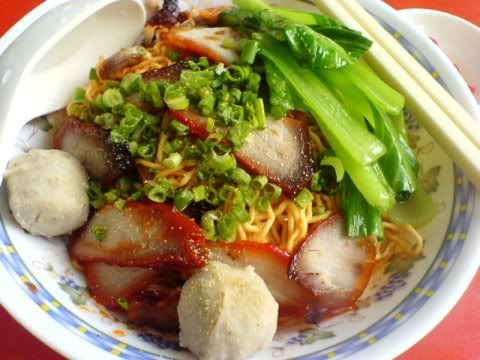Taman Negara Bako Sarawak
It's been a while since the last visit and butterflies were beginning to flutter in my tummy. 7 years can be a long time in the tropics. lifecycles seem to be shorter and longer at the same time.
It was a 5.30 morning call, we had to get to Bako village for an early check in at the park. Having arrived in Kuching the day before, we had not been able to get to the Visitor's Information Centre in time to make bookings for a place to stay at the park. Had our quick toast, jam and coffee at Singgahsana Lodge (breakfast included) where we stayed the night before and carrying with us only our overnighters, rushed off to catch the 7.00am bus.


 In 1838 James Brooke, a British adventure with an inheritance and an armed sloop arrived to find the Brunei Sultanate fending off rebellion from war like inland tribes. Sarawak was in chaos, Brooke put down the rebellion and as a reward signed a treaty in 1841 was bestowed the title Governor and granted power over parts of Sarawak. He pacified the natives, suppressed headhunting, eliminated the much-feared Borneo pirates, bringing ever growing tracts of Borneo under their control. Brooke was appointed Rajah by the Sultan of Brunei on August 18, 1842 and founded the White Rajah Dynasty of Sarawak. The Brooke dynasty ruled Sarawak for a hundred years and became famous as the "White Rajahs", accorded a status within the British Empire similar to that of the rulers of Indian princely states. Indeed, in 1850 the USA recognised Sarawak as an independent state — as did even the British, in 1864
In 1838 James Brooke, a British adventure with an inheritance and an armed sloop arrived to find the Brunei Sultanate fending off rebellion from war like inland tribes. Sarawak was in chaos, Brooke put down the rebellion and as a reward signed a treaty in 1841 was bestowed the title Governor and granted power over parts of Sarawak. He pacified the natives, suppressed headhunting, eliminated the much-feared Borneo pirates, bringing ever growing tracts of Borneo under their control. Brooke was appointed Rajah by the Sultan of Brunei on August 18, 1842 and founded the White Rajah Dynasty of Sarawak. The Brooke dynasty ruled Sarawak for a hundred years and became famous as the "White Rajahs", accorded a status within the British Empire similar to that of the rulers of Indian princely states. Indeed, in 1850 the USA recognised Sarawak as an independent state — as did even the British, in 1864




